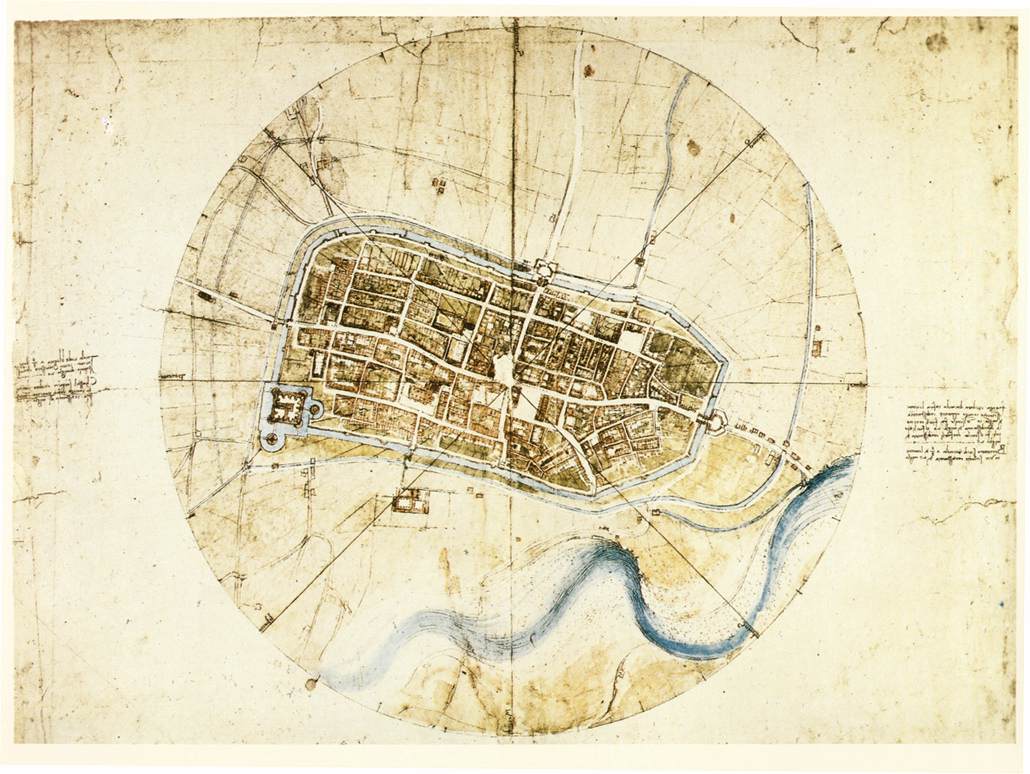I first read Frankfurt School theorists in college as part of a course called Education in the Matrix. Beyond being a fantastic title, the course was also one of my favorites. It looked at the way popular culture becomes part of education, and the need that creates for a critical perspective and strong media literacy. Reading The Fear of Freedom reminded me of that course and motivated me to add Grand Hotel Abyss to my list.
The book’s title comes from a critique of the Frankfurt School. György Lukács claimed these theorists lived in a hotel, “equipped with every comfort, on the edge of an abyss, of nothingness, of absurdity.” My view of their work is a little more favorable.
What Grand Hotel Abyss covers is a history of the main theorists involved in the Frankfurt School. These are largely German Jewish men who grew up in the early 1900s and were frequently from privileged family backgrounds. Under the Institute for Social Research they came together and created a vein of philosophy called critical theory.
All this work was funded through an endowment from Hermann Weil, a wealthy German businessman. Despite both privileged upbringings and a wealthy benefactor these theorists sought to critique and condemn capitalism and mass culture.
That set up an interesting tension, one of many ironies and contradictions within the school’s work.
The Frankfurt School was thus paid for by the economic system it was established to indict, and the businessman father who bankrolled it stood for values that his son sought to destroy.
Past that, much of the theorists’ work focused on the role of what Theodor Adorno and Max Horkheimer termed the culture industry. Loosely-speaking they felt mass production led to cultural output that resembles factory-produced goods. Movies, magazines, and radio programs become industrially produced and oriented toward our pleasure and entertainment. Culture focused on objects which pacified the masses. Where capitalism dominated work, the culture industry dominated leisure and:
[changed people] from productive beings to consumers, from the Marxist dream of creatively vital humans to stupefied moviegoers all giggling at the same thing.
They worried our passive cultural consumption dulled our sensibilities toward more radical social and economic change. That may not sound all that novel today, but they were writing this in the mid-1940s.
Another key theorist, Walter Benjamin, challenged what today we might term a flow state of concentration. Focusing on the productive output of thought was a mistake in his eyes. Our thoughts are valuable for more than their economic potential. And Benjamin’s interest, particularly when it came to art, was in the disruptive, dissonant, and absent-minded nature of thought.
Capitalism and culture were the two predominant themes to this work. And the interplay between the two drew much of the theorists’ attention. To them we live in a world where we have the freedom to choose what is always the same. Mass production leads to mass, passive consumption of what is increasingly identical. Their writing is not always uplifting and can be gloomy. But they sought to understand and to challenge popular culture and our relation to it.
All-in-all the book’s an accessible overview of what’s my favorite strain of philosophy. It’s not overly academic and if you enjoy history surveys you’ll likely enjoy reading it.
